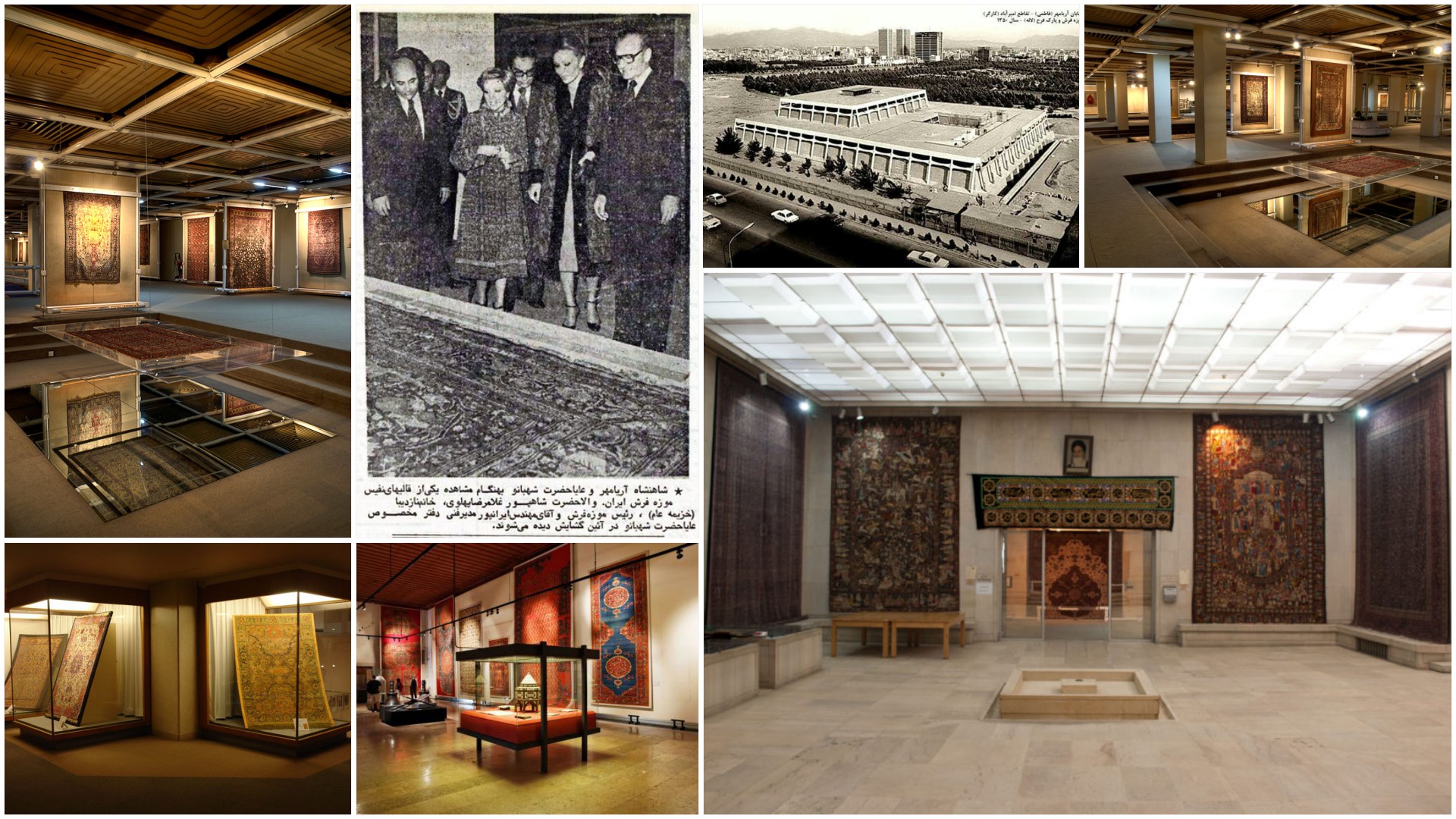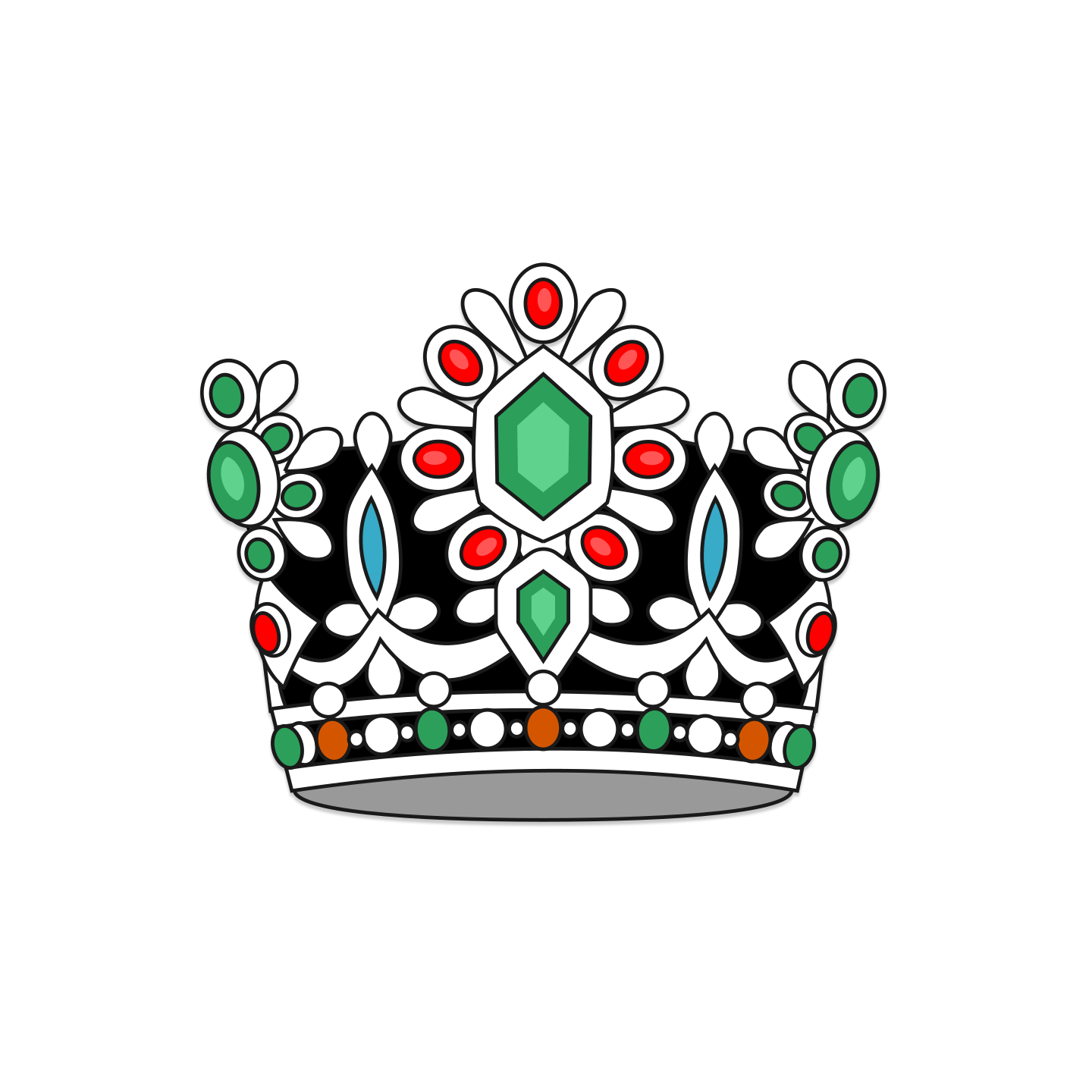
The Tehran Carpet Museum was inaugurated in February 1978, in Tehran. It was founded at the initiative of Empress Farah Pahlavi, the wife of Mohammad Reza Shah Pahlavi, as part of her broader cultural program aimed at preserving and promoting Iran’s rich artistic heritage.
Farah Pahlavi, known for her deep commitment to the arts and cultural development, envisioned a series of modern institutions that would reflect Iran’s historical and artistic significance on a global scale. Among these institutions, the Tehran Carpet Museum was conceived as a dedicated space for showcasing one of Iran’s most treasured and globally recognized art forms: the Persian carpet.
Architectural Design
The museum was designed by the prominent Iranian architect Abdol-Aziz Farmanfarmaian, who played a central role in shaping modern architecture in Iran. The building itself is a striking example of architectural symbolism. Its façade features a steel lattice screen that resembles a loom, symbolizing the craft of carpet weaving and also providing functional shade from the sun. The structure covers an area of approximately 3,400 square meters and includes exhibition halls, a library, offices, and a carpet restoration workshop.
Collections and Exhibits
The museum houses an extraordinary collection of over 150 Persian carpets and rugs, some dating back to the 16th century Safavid dynasty—a golden era in Persian art. The pieces come from major carpet-producing regions across Iran, including:
-
Tabriz
-
Isfahan
-
Kerman
-
Kashan
-
Qom
-
Mashhad
-
Bakhtiari
-
Baluchestan
Each carpet on display reflects the unique patterns, colors, and weaving techniques of its region. Some are ceremonial, some are functional, and many are considered masterpieces of textile art.
In addition to carpets, the museum also displays tools, natural dyes, and looms, providing a comprehensive picture of the weaving process. The museum also features temporary exhibitions, scholarly events, and educational programs.
Academic and Cultural Role
The Tehran Carpet Museum serves multiple purposes:
-
Preservation of antique and rare carpets.
-
Education of the public on the historical and artistic aspects of Persian carpet weaving.
-
Research into textile arts, restoration techniques, and the historical significance of weaving traditions.
-
Promotion of Iranian culture to both domestic and international audiences.
The museum includes a library containing over 7,000 books and publications on carpets, art history, and Iranian culture, making it a valuable resource for scholars and researchers.
Post-Revolution Era
Following the 1979 Islamic Revolution, the museum continued to operate under the new regime. While direct references to the Pahlavi monarchy were minimized or removed, the institution itself was preserved due to its national and cultural significance. It remains one of the few major museums from the pre-revolution era that retained its original function and collections.
Today, the museum continues to draw thousands of visitors each year and is internationally recognized as a key institution in the study and celebration of Persian carpets.
Legacy
The Tehran Carpet Museum is not just a repository of beautiful objects; it is a symbol of cultural continuity, a bridge between Iran’s imperial past and its contemporary identity. The museum stands as one of the lasting legacies of Farah Pahlavi’s cultural vision, representing her efforts to elevate Iranian heritage onto the world stage.


